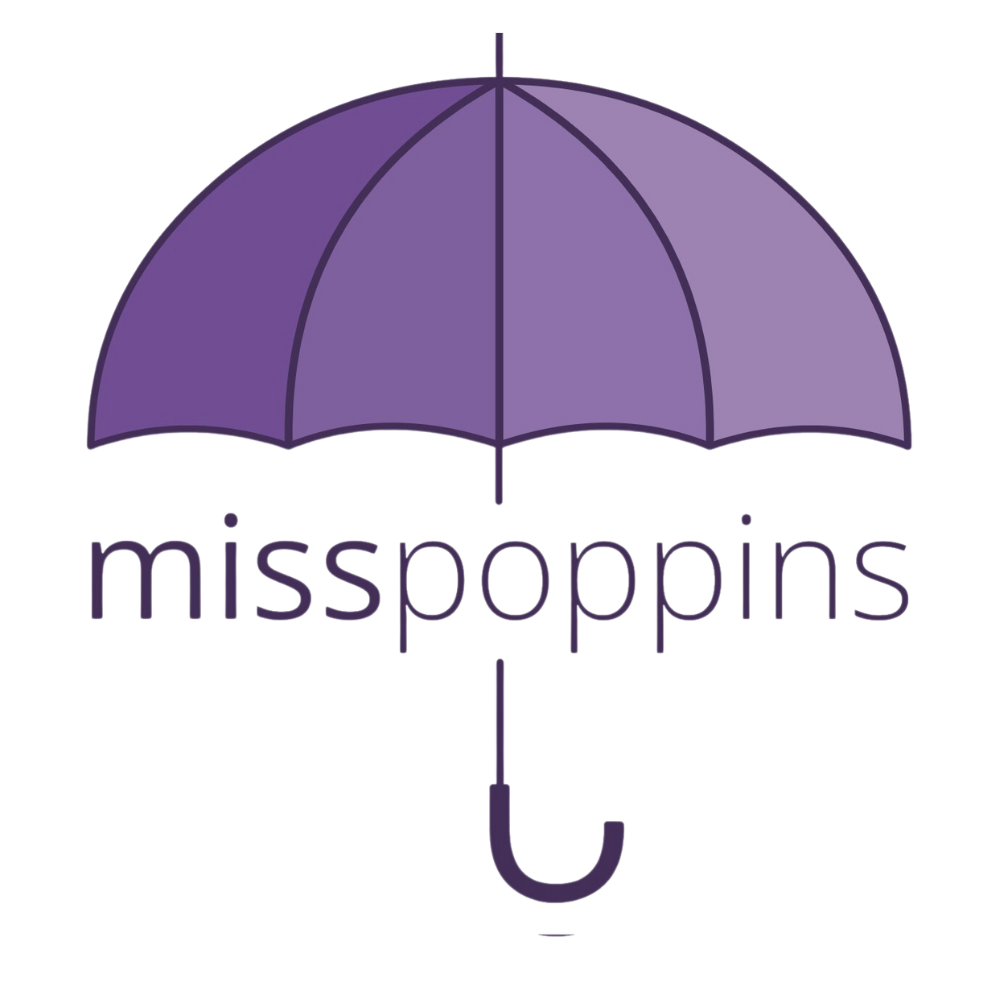Sleep Guidelines: Four Weeks to Three Months - Sleep Associations
Navigating the world of infant sleep can be challenging for new parents. From four weeks to three months old, your baby's sleep is still developing, and it's an ideal time to start instilling good sleep habits. In this article, we'll explore how to gently influence your baby’s sleep patterns to encourage longer and more restful sleep.
Understanding Sleep Associations Sleep associations are cues or activities that help your baby drift off to sleep. At this age, it’s important to start differentiating between dependent and independent sleep associations. Dependent sleep associations, like rocking or feeding to sleep, can become problematic as they often require a parent's presence to soothe the baby back to sleep. On the other hand, independent sleep associations, such as a baby finding their thumb or a pacifier, promote self-soothing.
The Benefits of Laying Baby Awake One of the most effective ways to encourage independent sleep habits is by laying your baby down awake. This allows them to become accustomed to falling asleep in their crib, rather than in your arms. Start practicing this during nap times and at the beginning of the night. This method not only helps your baby learn to self-soothe but also prevents the development of strong sleep dependencies.
Managing the Startle Reflex The Moro or startle reflex is common in newborns and can frequently wake them from sleep. Swaddling can be an effective technique to help reduce the startle reflex. When swaddling, ensure the baby's arms are snugly wrapped, but the hips and legs have room to move, preventing issues like hip dysplasia. However, always remember to place your baby on their back to sleep, and monitor them for signs of rolling as this can pose risks if swaddled.
Setting Reasonable Sleep Goals For a baby at four weeks old, a single stretch of four hours of sleep is a great initial goal. As your baby grows and their sleep patterns develop, these stretches can gradually become longer. Remember, the aim is to foster healthy sleep habits rather than focusing solely on the duration of sleep.
Creating a Conducive Sleep Environment Ensure your baby’s sleep environment supports safe and comfortable sleep. The crib should have a firm mattress, with no loose bedding or toys. Consider using a white noise machine to help mimic the 'shush' of the womb, which is familiar and comforting to a baby.
Knowing When to Adjust As your baby develops, their need for night feedings and comfort will change. Stay flexible and adjust your approach based on their growth and development cues. Remember, every baby is unique, and what works for one might not work for another.
Conclusion Developing independent sleep habits in the early months sets the foundation for future sleep training success. By understanding and managing sleep associations effectively, you can help your baby learn to self-soothe and enjoy longer periods of restful sleep.
By adopting the tone and approach used in the swaddling article, this revised article provides practical advice in a clear and authoritative manner, making it a valuable resource for first-time parents visiting MissPoppins.io.

